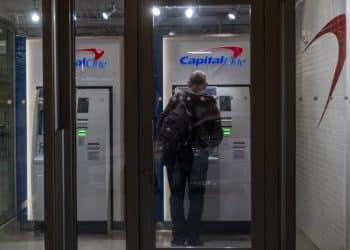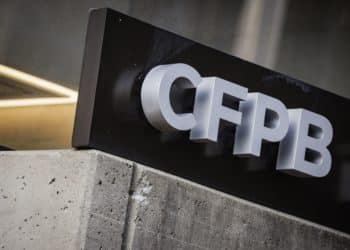Clinkle Will Reportedly Process Payments Using High-Frequency Sounds

With that kind of funding, from the likes of Accel Partners, Andreessen Horowitz, Peter Thiel, and Intuit, he’s got to be doing something right.
Clinkle began in 2011, and expects to begin rollout of an app in the fall.
readwrite indicates the app will use high-frequency sounds that smartphones and tablets can pick up to transmit data over short distances. Clinkle accounts will be tied to existing bank accounts or credit cards.
Merchants and buyers would need to have the same app installed on their devices, and the payment could then take place within a closed loop. Merchant adoption has been the stumbling block in the cashless mobile payments utopia so far. To address this, Clinkle will reportedly work with no changes to existing infrastructure.
Points of sale systems can be large investments, and if the new payment device isn’t going to bring tangible advantages, there is little incentive to lay out the cash. This is what has bedeviled NFC, which has faced a difficult time gaining traction in the US. Google has thrown nearly $500 million at its mobile wallet, which employs NFC, and the needle hasn’t moved.
Clinkle’s app will also include a P2P function with a social media tie-in, and use a currency within the app environment called Clinkle Cash. One beta tester, a Stanford student, naturally, told TechCrunch, “They very clearly are trying to put your whole wallet in your phone, whereas other things are covering one element. Clinkle felt more like ‘I can just leave my wallet at home.'”
Duplan wrote on the Clinkle blog that he got the idea while studying abroad. He could use his smartphone for everything except buying a sandwich, so he set about to solve that problem. Twelve of his Stanford friends dropped out of school to join him.
Duplan told Fortune he plans to start by getting the app adopted in college communities: “If your mission is to convince hundreds of thousands of different merchants to take this, it will take too long … You have to short-circuit the adoption. When you study how networks get formed, it almost always comes down to closed tight-knit communities, replicating the process and eventually connecting them.”
Clinkle’s waiting list is here — inviting friends moves users up in the line. The social functions of the app are part of its appeal, according to testers, and it will likely employ a viral marketing plan similar to GoBank’s — send money to a friend, and the friend retrieves the funds by becoming a Clinkle user.
Clinkle has 50 employees. Lucas Dupla is 22 and completed his undergraduate degree at Stanford in three years, rather than dropping out.
The payments world is a dizzying mix of bitter cynicism about the inertia of entrenched systems and wide-eyed optimism about the wonderful powers of the smartphone. So far Square has moved the mobile payments ball forward the most, and provided some excitement along the way. Will Clinkle be the company that puts the ball over the goal line?











